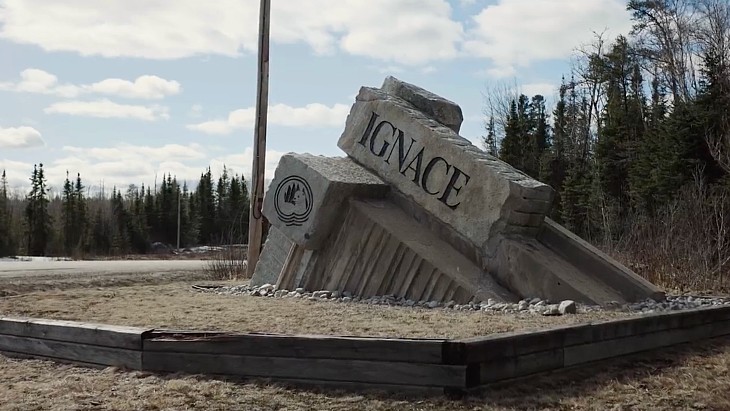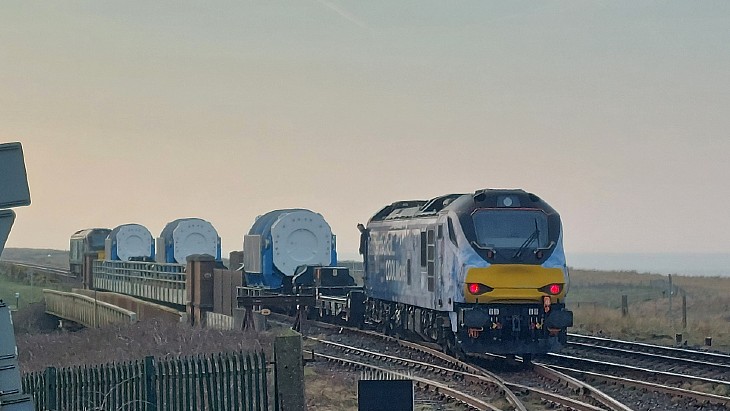Commissioning of WIPP ventilation system begins
.jpg)
As the Safety Significant Confinement Ventilation System (SSCVS) nears completion, key systems are individually turned over to commissioning for testing to ensure they function as designed before the facility is brought online. Testing of the first set of electrical cables that will supply power to mechanical equipment such as motors, fans and massive air filtration units, began in October, EM has announced.
The project to build the largest containment ventilation system in the DOE complex will significantly increase airflow underground in the deep geological salt repository for defence-related transuranic (TRU) waste. The increased airflow will mean that activities to emplace sealed drums of TRU waste from the US military programme are placed in underground rooms mined out of an ancient salt formation - can take place at the same time as facility mining and maintenance operations.
.jpg)
The New Filter Building with its 125-foot-tall environmental exhaust stack (Image: DOE EM)
The SSCVS works in tandem with a new air utility shaft, also under construction at the New Mexico facility, and is designed to move up to 540,000 cubic feet (nearly 15,300 cubic metres) of air per minute through the underground facility. The project includes two primary buildings: the Salt Reduction Building, which pre-filters salt-laden air coming from the WIPP underground, and the New Filter Building, where fans and high-efficiency particulate air - or HEPA - filtration units can provide further filtration when needed. The system will be able to run in either filtered or unfiltered mode.
.jpg)
The New Filter Building, pictured earlier this year during the installation of the exhaust fan assemblies that will be hooked up to the ports from the HEPA filter banks, on the left. (Image: DOE EM)
"The SSCVS will enhance the quantity, and quality, of air flow for our workforce in the WIPP underground mine," Michael Gerle, environmental regulatory compliance director for EM's Carlsbad Field Office, said. "Additionally, the new infrastructure will ensure our operations remain safe for the environment and the public."
_17992.jpg)
_75800.jpg)








_50521.jpg)

